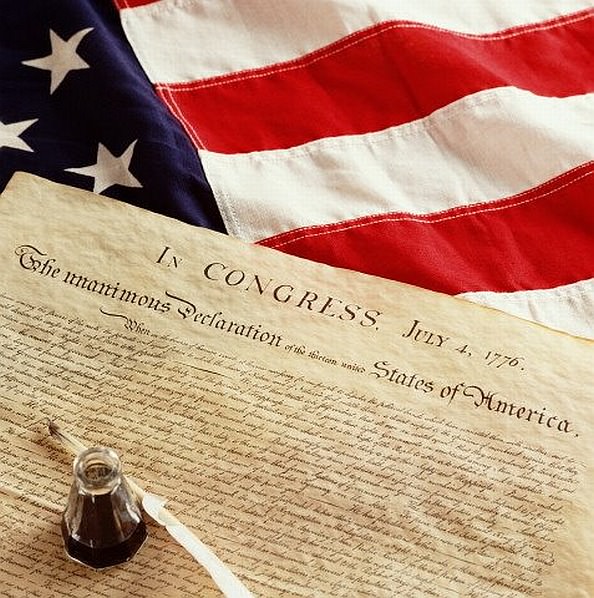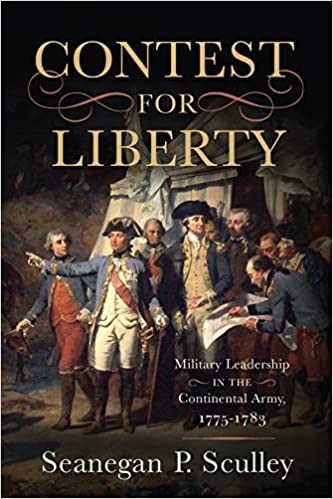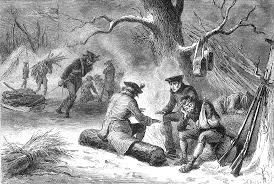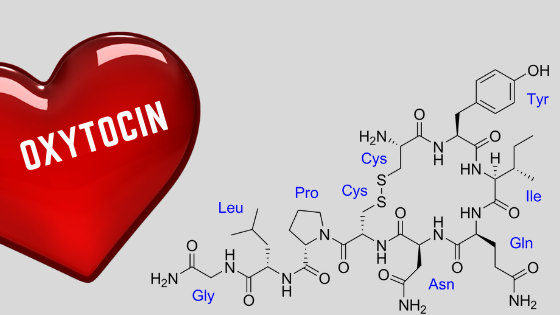 As we celebrate 244 years of America, I wanted to share a fascinating story of how certain behaviors employed by Continental Army leaders proved integral to our extremely unlikely victory over the great superpower of that age – Great Britain. The story tells of a leadership lesson that is as relevant today as it was over two centuries ago. Surprisingly, it’s also a love story.
As we celebrate 244 years of America, I wanted to share a fascinating story of how certain behaviors employed by Continental Army leaders proved integral to our extremely unlikely victory over the great superpower of that age – Great Britain. The story tells of a leadership lesson that is as relevant today as it was over two centuries ago. Surprisingly, it’s also a love story.
In my March 2020 leadership blog I noted a book that I had recently read  entitled “Contest for Liberty: Military Leadership in the Continental Army”. One striking fact that I learned while reading this book is that over the span of the 8-year Revolutionary War – 1775 to 1783 – members of the Continental Army were rarely paid, fed or clothed on a regular basis. As one example, during the army’s encampment at Valley Forge through the harsh winter of 1777-78, fully one third of Washington’s army of 12,000 soldiers lacked shoes and 2,500 died of malnutrition, exposure, and disease – typhoid, dysentery, typhus and pneumonia ran rampant. In spite of this and against all odds, remarkably the Continental Army stayed in the fight until the end. The question is why.
entitled “Contest for Liberty: Military Leadership in the Continental Army”. One striking fact that I learned while reading this book is that over the span of the 8-year Revolutionary War – 1775 to 1783 – members of the Continental Army were rarely paid, fed or clothed on a regular basis. As one example, during the army’s encampment at Valley Forge through the harsh winter of 1777-78, fully one third of Washington’s army of 12,000 soldiers lacked shoes and 2,500 died of malnutrition, exposure, and disease – typhoid, dysentery, typhus and pneumonia ran rampant. In spite of this and against all odds, remarkably the Continental Army stayed in the fight until the end. The question is why.

Valley Forge encampment; Winter 1777-78.
The author of the book, Seanegan Sculley, answers that question directly:
“The reason for this amazing fact was the ability of the army leadership to convince their soldiers that the cause was worthy and the officers took care of the men.” (1)
In other words, the soldiers trusted their leaders. Interestingly, around the mid-point of the 8-year war, General Washington ordered the distribution of a unique drill manual among the officers and the soldiers. The manual was very different from other drill manuals of that age in that it spoke of the need for officers to gain the love of the soldiers. For example, one passage reads:
“There is nothing that gains the officer the love of his soldiers more than his care of them under the difficulties of sickness.” (2)

Page 121 of the drill manual used by Washington. Note the first sentence under Chapter XXIV – “There is nothing which gains an officer the love of his soldiers…”
What other things did these leaders do to “gain the love of the soldiers” and earn an intense level of trust? They were visible leaders – they walked around the campsites and talked with their soldiers. They made an effort to get to know a little about each of them and listened to their concerns. These leaders were engaged leaders – and approachable leaders. Given that these soldiers fought valiantly over many years under exceedingly harsh conditions, one could logically conclude that perhaps their motivation to continue the fight was indeed driven by a love for their officers. Is there any evidence that such an intense level of trust between the leader and the led actually exist? Can people really love their leader?
Researchers have recently uncovered some fascinating truths about trust, love and high performing teams. They’ve discovered that high-performing teams are made up of people who 1) believe their work is worthwhile and 2) trust their leader – the exact two ingredients that motivated the soldiers of the Continental Army to continue the fight! More intriguing, members of these high performing teams undergo profound changes at the neurotransmitter level within their body. In fact, their level of oxytocin increases significantly. (3) Oxytocin is a molecule also known as the “love hormone” because it is released from the brain as a result of social bonding. Oxytocin levels increase when two people hug, for example.
In other words, oxytocin levels increase among team members, along with engagement, joy,  and overall performance when the team members believe their work is meaningful and they trust their leader. Given this, perhaps soldiers of the Continental Army indeed had higher than normal levels of oxytocin swirling in their bodies throughout the long and grinding Revolutionary War campaign. Perhaps they did love their leaders.
and overall performance when the team members believe their work is meaningful and they trust their leader. Given this, perhaps soldiers of the Continental Army indeed had higher than normal levels of oxytocin swirling in their bodies throughout the long and grinding Revolutionary War campaign. Perhaps they did love their leaders.
The leader is 100% accountable for both ensuring employees understand how their role fits into the greater mission, as well as earning their trust.
What’s the lesson for today’s leader? Whether a soldier in the 18th century or a corporate employee in the 21st century, team members who 1) believe their work to be meaningful and 2) trust their leader may indeed end up loving their work – and their leader. More importantly, these members will perform at a tremendously high level. Who is responsible for creating a culture where both ingredients flourish? The leader. The leader is 100% accountable for both ensuring employees understand how their role fits into the greater mission, as well as earning their trust. Regarding the latter, just as was the case in 1780 so it is in 2020 – a few ways leaders can build trust are by being visible, knowing a little about each of their team members and listening to their concerns.
Be a great leader. Explain the why and take care of your people. They’ll love you for it and work at an extremely high level.
Happy 4th of July!

- Seanegan Sculley, Contest for Liberty: Military Leadership in the Continental Army (Yardley, Pennsylvania: Westholme Publishing, LLC), p XXXIII.
- Von Steuben, Regulations, p 121.
- Paul Zak, Trust Factor (New York: American Management Association, 2017) p 20, 21, 119.